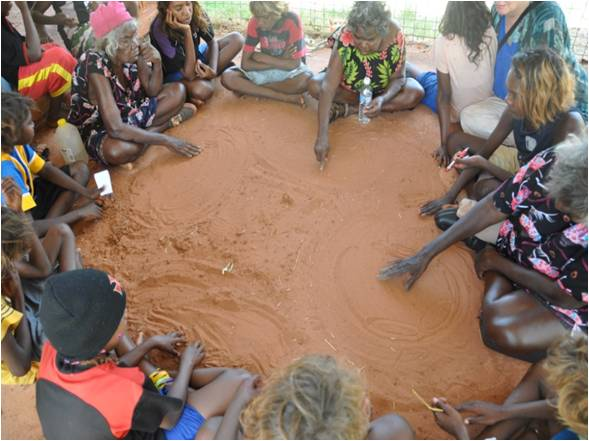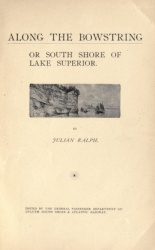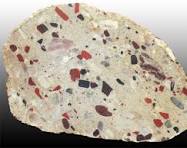This labels me. Going barefoot is frowned upon by many. But, that's okay. If we get only one quick visit to planet Earth, my visit shall be as I like it.
I looked for quotations regarding going barefooted, and these resonate best with me......
We don't look at the sky anymore, instead we stare at boxes that keep us captive; we don't walk barefoot any more, we refuse to kiss the earth with our feet, we keep busy worrying and fearing, we exist and die, like robots we work and consume. We ignore the beauty of a butterfly and the power of the eagle, we have forgotten the scent of flowers, we are too busy to enjoy nature, we are plastic most of the time; we live together but we do not connect, we are asleep, I want to cleanse myself of society's noise, walk barefoot and kiss the earth with my feet, I want to look at the sky, and like my ancestors, I want to feel free. I want to rejoice in who I am and what I will become. ~Martin Suarez
Walking in shoes is physical walking, but walking barefoot is spiritual walking. ~MehmetMurat ildan
The best treatment for feet encased in shoes all day is to go barefoot. One-fifth of the world's population never wears shoes--ever! But when people who usually go barefoot usually wear shoes, their feet begin to suffer. As often as possible, walk barefoot on the beach, in your yard, or at least around the house. Walking in the grass or sand massages your feet, strengthens your muscles and feels very relaxing....if you can cut back on wearing shoes by 30 percent, you will save wear and tear on your feet and extend the life of your shoes. ~Stephanie Tourles
The point of walking barefoot is to experience the pleasure of feeling the surface beneath your feet. The sensations are marvelous: cool, warm, textured, plush, smooth, rough. In anything in life, if you can experience the sensations of whatever you're doing, this is a beautiful thing. ~Zen Habits
For me the bare feet are grounding. I'm connected to the Earth in a way that I cannot be any other way, ~Rhiannon Giddens
I believe in roses. And I believe in putting roses into a vase and setting the vase on the table. I believe in getting lost and being found, I believe in going barefoot, and in laughter! My religion is to laugh at myself, whenever I can! I believe in the sunlight and grey skies with big, beautiful clouds! ~C Joybell C
The only people for me are the ones who spill things, the ones who drop their cups sometimes, the ones who get dirty hands and messy hair, the ones who can go barefoot if they feel like it, the people who forget things and can laugh at themselves every day. ~C Joybell C
As with everything in life, common sense reigns supreme. I'm not about to walk barefoot in hazardous places, like public restrooms, on hot asphalt, or places where there's broken glass or sharp rocks. Anywhere that poses a risk of injury, infection or exposure to harmful substances....I wear shoes.



















































